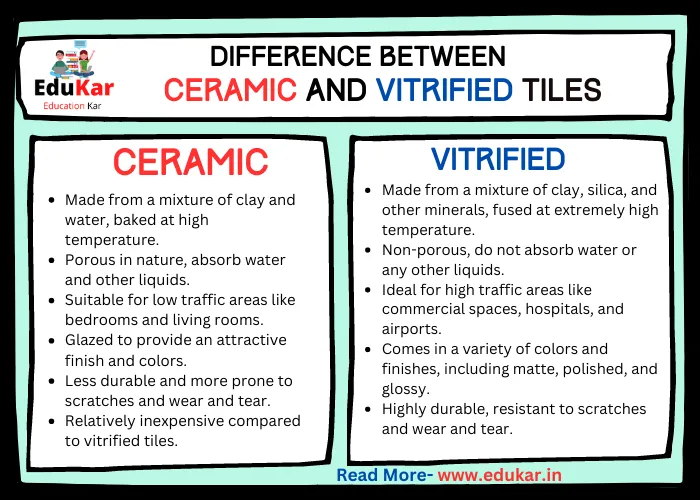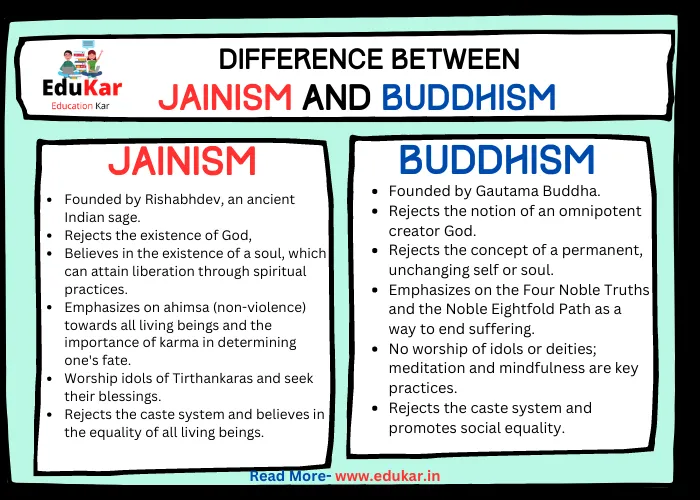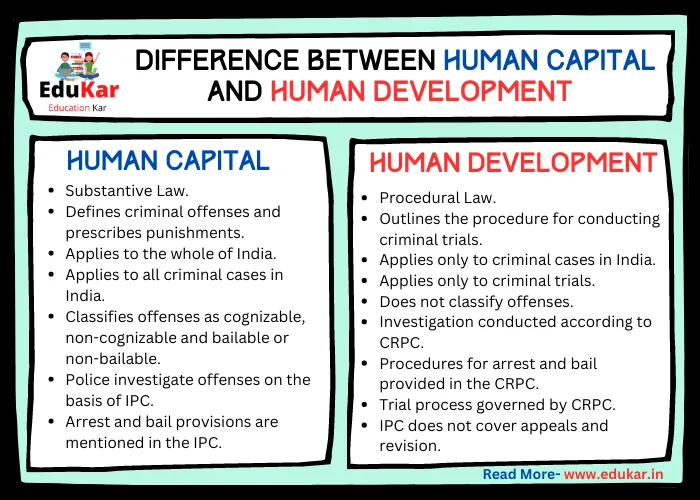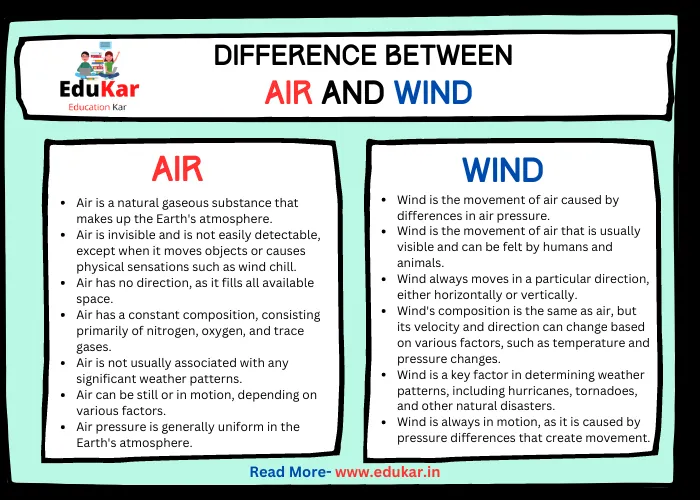Contents
- 1 Introduction
- 2 What is Keratin Treatment?
- 3 What is Smoothing Treatment?
- 4 Difference between Keratin and Smoothing Treatments
- 5 Which Treatment is Better for Your Hair?
- 6 Conclusion
- 7 FAQs
- 7.1 What is Keratin treatment?
- 7.2 What is Smoothing treatment?
- 7.3 What is the difference between keratin and smoothing treatments?
- 7.4 Which treatment is better for curly hair?
- 7.5 How long does each treatment last?
- 7.6 Are these treatments safe for all hair types?
- 7.7 Can I color my hair after these treatments?
- 7.8 Can I swim or expose my hair to water after these treatments?
Learn about the difference between Keratin and Smoothing treatments in this comprehensive guide. Discover the benefits, drawbacks, and which option may be best for your hair type and desired results.

Introduction
Keratin and Smoothing treatments are two popular options that claim to give you sleek and smooth hair. While these treatments may seem similar, there are significant differences between them.
What is Keratin Treatment?
Keratin treatment is a hair straightening treatment that involves the use of keratin protein to smooth and strengthen the hair. The process involves applying a keratin solution to the hair, which is then sealed in using heat from a flat iron. The treatment can take several hours to complete, and the results can last up to six months.
Benefits of Keratin Treatment
Keratin treatment can help to make hair more manageable, reduce frizz, and increase shine. It can also make hair stronger and less prone to breakage. Additionally, keratin treatment can be customized to meet the individual needs of each client.
Possible Side Effects of Keratin Treatment
Some people may experience irritation or an allergic reaction to the keratin solution. Others may experience dryness, breakage, or damage to the hair if the treatment is not done properly.
What is Smoothing Treatment?
Smoothing treatment is a hair treatment that uses chemicals to straighten and smooth the hair. Unlike keratin treatment, which uses a protein to strengthen the hair, smoothing treatment uses a combination of chemicals to break down the bonds in the hair and reform them in a straighter pattern. The process can take several hours, and the results can last up to six months.
Benefits of Smoothing
Treatment Smoothing treatment can make hair more manageable, reduce frizz, and increase shine. It can also make hair straighter and smoother, without completely eliminating curl or wave. Additionally, smoothing treatment can be customized to meet the individual needs of each client.
Possible Side Effects of Smoothing Treatment
Some people may experience irritation or an allergic reaction to the chemicals used in the smoothing treatment. Others may experience dryness, breakage, or damage to the hair if the treatment is not done properly.
Difference between Keratin and Smoothing Treatments
| S.No. | Keratin | Smoothing |
|---|---|---|
| 1 | Protein that is naturally found in hair, nails and skin | Chemical treatment to alter hair structure |
| 2 | Provides strength, elasticity, and protection to hair | Smoothens hair cuticles to eliminate frizz and make hair appear straighter |
| 3 | Does not alter the natural texture of hair, but improves its overall health and appearance | Changes the texture of hair, making it appear straighter |
| 4 | Helps repair damage caused by environmental factors, heat styling and chemical treatments | May cause damage to hair if not done properly or maintained correctly |
| 5 | Can be done on any hair type, but may not be effective for extremely curly or coarse hair | Works best on frizzy or wavy hair, but can also be done on curly or coarse hair |
| 6 | Lasts for about 3-6 months depending on hair type and maintenance | Lasts for about 2-5 months depending on hair type and maintenance |
| 7 | Requires a longer processing time compared to smoothing treatments | Requires a shorter processing time compared to keratin treatments |
| 8 | Can be done at home with the use of keratin-infused products | Should be done by a professional stylist to avoid damaging hair |
| 9 | Does not completely eliminate frizz, but reduces it significantly | Eliminates frizz and makes hair easier to manage and style |
| 10 | Does not create pin-straight hair, but enhances natural waves or curls | Creates pin-straight hair with no natural waves or curls |
Which Treatment is Better for Your Hair?
Choosing the right treatment depends on your individual hair type, texture, and needs. It’s important to consult with a professional hairstylist to determine which treatment is best for you.
Conclusion
Keratin and Smoothing treatments are two popular options for managing frizzy and unruly hair. While they may seem similar, there are significant differences between them. By understanding the differences between these treatments, you can make an informed decision about which one is right for you. Remember, it’s important to take care of your hair, no matter which treatment you choose.
FAQs
What is Keratin treatment?
Keratin treatment is a hair treatment that uses keratin, a protein that is naturally found in hair, to smooth and straighten hair. The treatment involves applying a keratin solution to the hair, then using heat to seal it in.
What is Smoothing treatment?
Smoothing treatment is a hair treatment that uses a variety of chemicals to relax curls and reduce frizz, making hair appear smoother and more manageable.
What is the difference between keratin and smoothing treatments?
The main difference between keratin and smoothing treatments is the type of ingredient used. Keratin treatments use keratin, a natural protein found in hair, to smooth and straighten hair, while smoothing treatments use a variety of chemicals to relax curls and reduce frizz.
Which treatment is better for curly hair?
Both keratin and smoothing treatments can help manage curly hair, but the choice ultimately depends on personal preference and hair type. Keratin treatments can help loosen curls and reduce frizz, while smoothing treatments can help relax curls more drastically.
How long does each treatment last?
The duration of each treatment varies, but keratin treatments typically last between three and six months, while smoothing treatments can last up to six months.
Are these treatments safe for all hair types?
Keratin and smoothing treatments can be safe for most hair types, but it is important to consult with a professional stylist before undergoing either treatment, especially if you have previously chemically treated or damaged hair.
Can I color my hair after these treatments?
It is generally recommended to wait at least two weeks after a keratin or smoothing treatment before coloring your hair, to avoid any potential damage to the hair.
Can I swim or expose my hair to water after these treatments?
It is recommended to avoid swimming or exposing your hair to water for at least 48 hours after either treatment, to allow the product to fully set in and provide optimal results. After this time, it is generally safe to swim or expose your hair to water, but it is important to protect your hair with a swim cap or other protective gear to prevent damage.
















